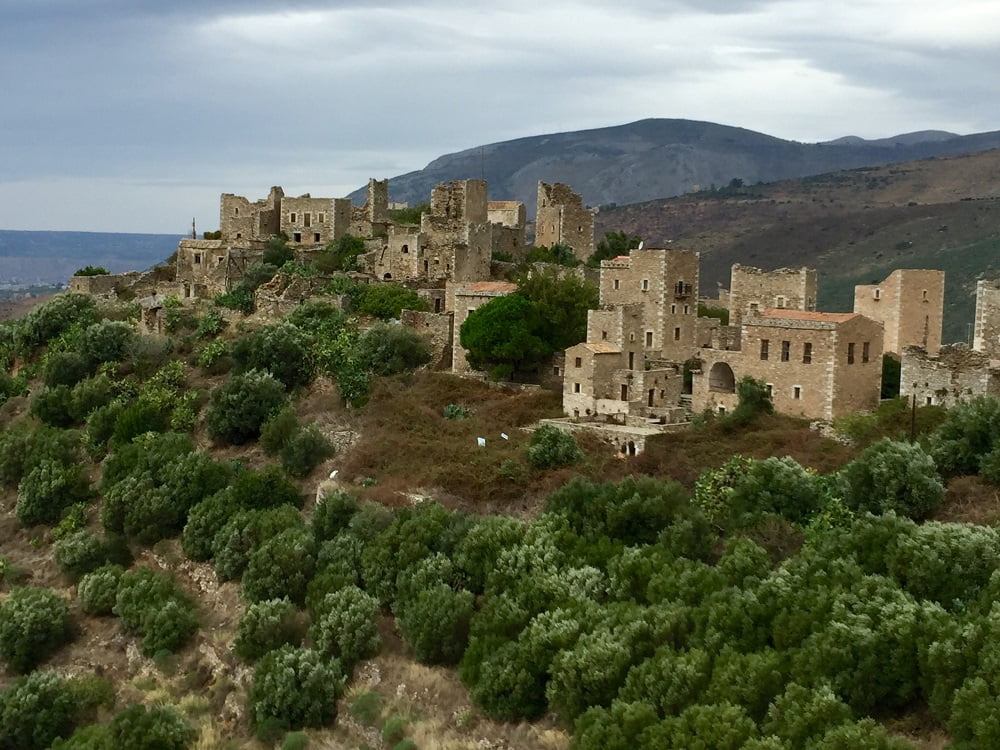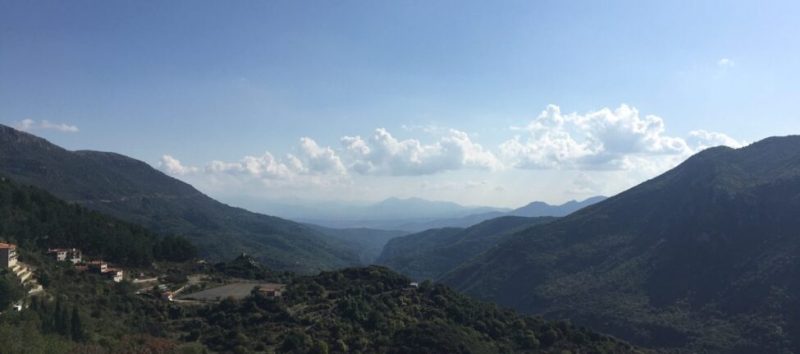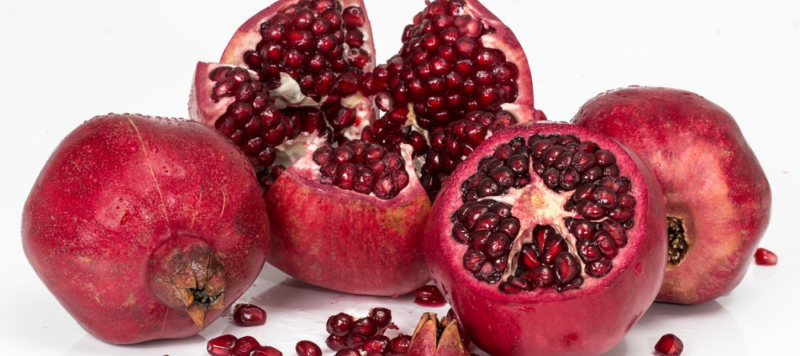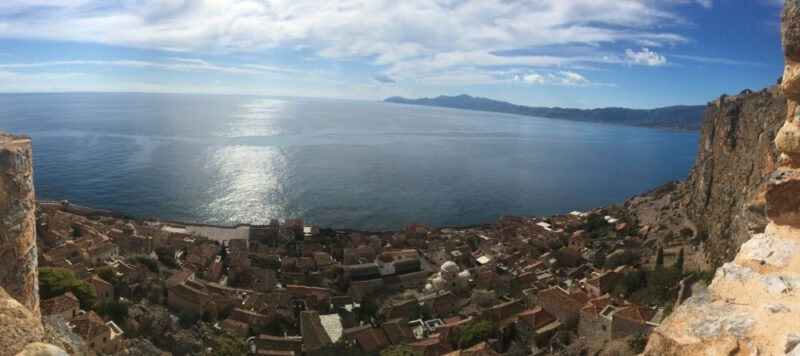By the name Magne, one indicates the whole peninsula which forms the central “finger” of the Peloponnese.
For the Greeks, to be ”Maniote” is synonymous with insubordinate, rebellious, almost wild. It also means having a strong sense of family honor and defending its values to the death. It is by surveying this region that one understands what has forged the uncompromising and fearless character of this people. This arid and rocky land, these abrupt coasts which plunge into a sea reputed to be particularly dangerous, have always been the ideal refuge of pirates and bandits. The local population had to survive for centuries in extreme conditions of poverty, invasions, massacres. So, what we mean with the Mani and its cuisine ?
A simple and authentic cuisine
The cuisine of Mani resembles its inhabitants and is in harmony with its landscapes. Very simple and raw elements are combined to create powerful and surprising tastes: olives, oranges, sfela (the local feta with a strong taste), tomatoes, honey. That’s it, we’ve almost covered the ingredients. We add a little fish or meat on occasion, a good shot of olive oil and mountain oregano. And yet they can be combined endlessly! For example, the Mani salad with potatoes and orange is just a poor man’s salad, but how wonderfully it combines salty, sweet and bitter!
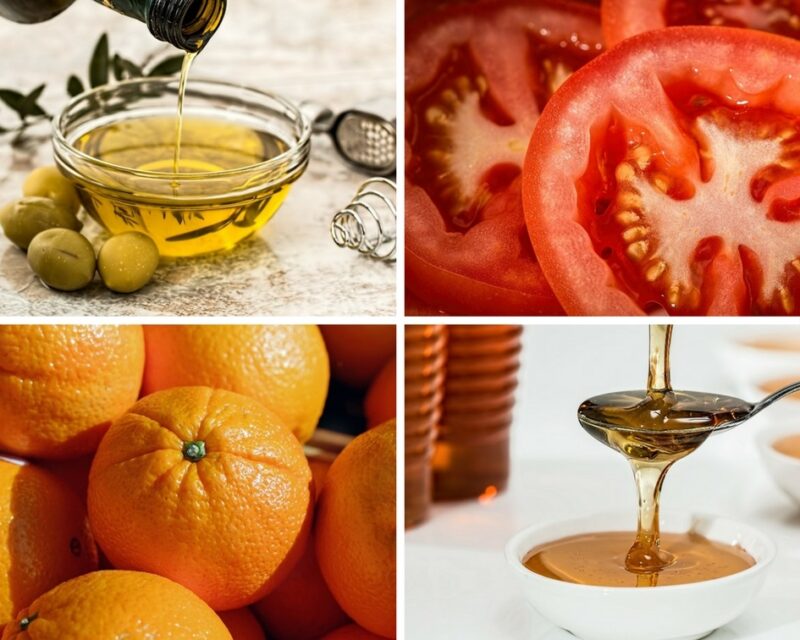
The Mani, yesterday and today
After long years of abandonment, the villages have been rediscovered, admired, and then restored in large part. Today, the “towers” of the Mani, these high and austere stone buildings, often house luxury hotels. In the past, they were a sign of power for their owners, but also the last bastion of the villagers in case of invasion. During these troubled times, vendettas were rife and the hope of life, especially for men, was low. The image of the old woman dressed in black in a deserted village is now a thing of the past, but the women of Mani are still attached to traditions. The “lalanguia” or “tiganides” are prepared on the occasion of all religious festivals. It is a bread dough, mostly simple, but sometimes flavored with cloves or cinnamon. It is shaped into long coiled strings, then fried in a bath of olive oil. Depending on the holidays, they can also take different shapes: stars for Christmas, crosses and flowers for Easter… Simple but delicious delicacy to be enjoyed fresh, with a piece of cheese.
A land of many facets
Land of contrasts, the Mani transports us in a few kilometers in totally opposite landscapes.
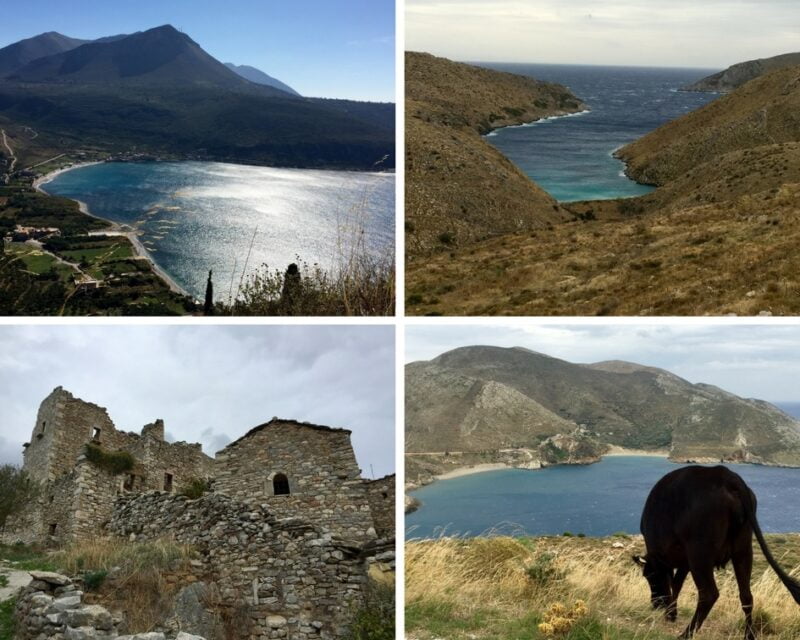
From the high bare peaks of Taygetos, we dive into the depths of the caves of Diros, which we visit by boat. Hidden in the sides of the mountain, long and deep canyons to walk or climbing walls to climb. Taygetos, the second highest mountain in Greece at 2407 meters, creates the particularity of this region by cutting it off from the rest of the country. Thanks to him, no occupant has ever been able to stay there very long.
Today you can discover the wild beauty of this mountain, following marked hiking trails. Taygetos is home to an exceptionally varied and rare fauna and flora. It is also classified as a Natura 2000 biotope. Collecting wild herbs (χόρτα) often saved the inhabitants from starvation. One of the most delicious gifts of this nature are the edible thistles: artichokes. The kid with artichokes (not very wild nowadays, alas) is one of the specialties not to be missed in Mani. Herbal pitta too (χορτόπιττα), prepared with various herbs and flavored with fennel.
The culinary treasures of The Mani
Of course, the only fat used in the region’s cuisine is olive oil. In the Magne, the olive trees are small, man-sized, because of the dry climate. We pick them by hand. Even if we are not in the high places of olive growing in Laconia (located further east), the olive oil is excellent. As for the olives, they are often picked green, then broken before being de-bittered. They are eaten as they are, with a piece of bread and cheese or they are used in the preparation of many dishes. The rooster with green olives (kokkoras mé tsakistès éliès) is one of the great classics of Mani. Another essential culinary detour is the synglino. It is smoked pork meat, cooked in a broth flavored with herbs and/or orange peel, then preserved in olive oil. The meat keeps for a long time in this way and is used in the preparation of omelettes or salads.
If you prefer fish, I would suggest two choices: the closed port of Limeni with its clear waters or the tavern of Cape Tenaro, contemplating the place where the southernmost point of the European continent plunges into the Aegean Sea. Magical!
Thanks to Evi Siougari-Parmantier who wrote this article
